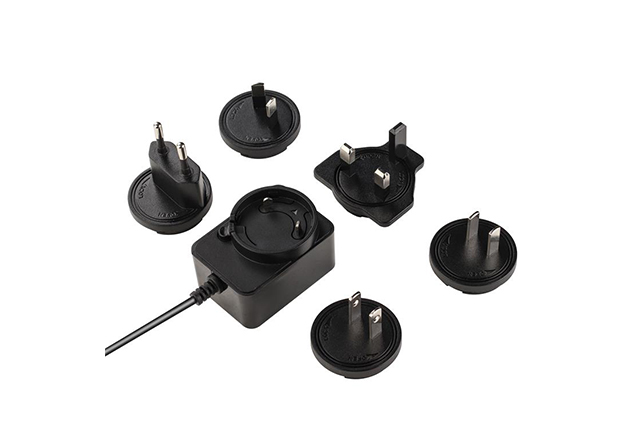The power adapter is a power supply conversion device for small portable electronic devices and electronic appliances. It is generally composed of a casing, a power transformer and a rectifier circuit. According to its output type, it can be divided into an AC output type and a DC output type; And desktop.

Application of the power adapter
Power adapters are widely used in consumer electronics, providing most of the output power within 100 watts, and market demand is growing rapidly. Applications such as electric bicycle battery chargers, small size LCD TVs, laptops, printers, DVD players and set-top boxes are available. Most of the early power adapters used linear transformers. As consumer electronics products have high efficiency, wide input voltage range, and increased copper, iron and labor costs, the original linear transformers in these power adapters are gradually increasing. Replaced by switching power supply.
Trends in power adapters
The power adapter first appeared in the mid-1980s. Toshiba Japan first used switching power supply technology for the external power supply of notebooks. Its pioneering work opened a new chapter in the history of power adapter development and became the world's first independent. Notebook power adapter, because the power supply using switching power supply technology is external, so the notebook does not need to consider the heat generated by the power conversion to gather in the notebook itself, and the power adapter is easy to carry, which effectively improves the commercialization of the notebook computer. And popularization.
At present, the high frequency of power adapter has become the development direction. The high frequency makes the switching power supply miniaturized, and the power adapter enters a wider range of applications, especially in high-tech fields, which promotes high-tech products. Miniaturized and lightweight. In addition, the development and application of power adapters are of great significance in terms of energy conservation, resource conservation and environmental protection.